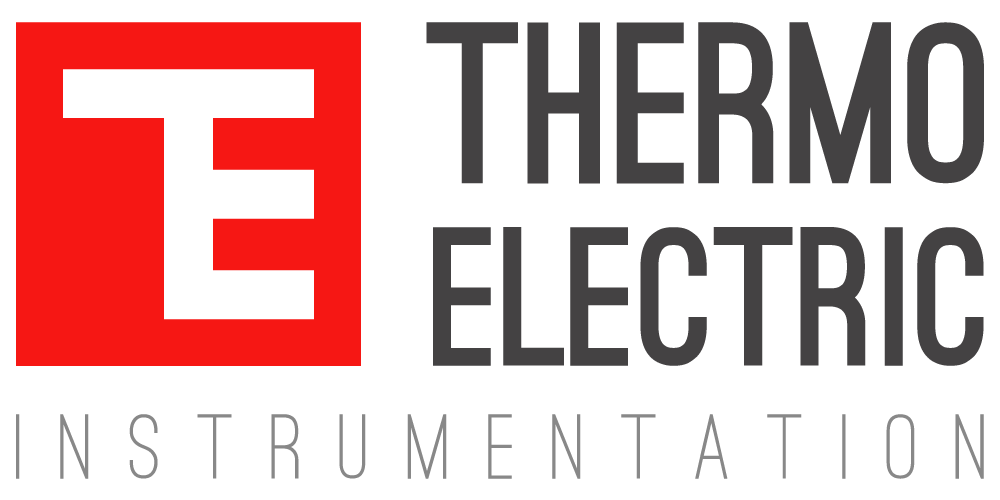The reliability and accuracy of temperature sensors are critical in industrial settings, especially those involving extreme temperatures and harsh environments. High-quality temperature sensors are vital for maintaining operational reliability and safety across various industries, including chemical, petrochemical, oil and gas, and semiconductor manufacturing.
Accurate temperature readings are necessary for process control, performance optimization, and preventing equipment failures.
Compliance with regulatory standards ensures these sensors can be safely used in diverse industrial environments, minimizing the risk of accidents and enhancing personnel safety. This article explores the essential practices and standards involved in ensuring quality and compliance in the manufacturing of temperature sensors.
Quality Control Measures
Implementing rigorous quality control measures throughout the manufacturing process is key to ensuring the highest standards of product quality and compliance.
- Material Selection: The quality control process begins with selecting high-grade materials capable of withstanding extreme temperatures, resisting corrosion, and maintaining their integrity over extended periods. Using high-quality materials ensures the durability and reliability of the sensors.
- Manufacturing Processes: With so much at stake, the manufacturing process must be meticulously controlled and monitored. Advanced temperature sensing manufacturing techniques, such as precision machining and automated welding, can help maintain consistency and accuracy. Multiple quality checks are conducted at various stages of production to ensure each sensor meets strict specifications.
- Testing and Inspection: Before shipment, sensors should undergo a series of rigorous tests and inspections. These can include functional performance tests, insulation resistance tests, pressure tests (up to 1100 Bar), and high-pressure tests (up to 5500 Bar). Additional testing methods such as dye penetrant examination, radiographic testing (X-ray), ultrasonic testing, vacuum testing, helium leak testing, and positive material identification should also be employed. A comprehensive testing regime like this ensures that every temperature assembly meets the highest quality standards.
Certifications and Standards
Leading temperature sensor manufacturers, such as ourselves, who prioritize quality and compliance, also adhere to key certifications and standards. This is critical to ensuring the sensor performs correctly and meets the criteria for the intended process environment.
- ISO 17025 Accreditation: Guarantees that all calibration activities are performed to the highest standards of accuracy and reliability. For example, our lab can calibrate sensors across a wide temperature range, from -195°C to 1500°C, ensuring precise and reliable measurements.
- Other Relevant Certifications: Likewise, reputable manufacturers such as Thermo Electric will also be certified under ISO 9001 for quality management systems, ISO 14001 for environmental management, and ISO 45001 for occupational health and safety management. Additionally, compliance with various hazardous area certifications is essential, including:
-
- IECEx: Exeb, Exia/b, Exdb, Exec
- ATEX: Exeb, Exia/b, Exdb, Exec
- CSA/US: (A)Exe, (A)Exia/b, (A)Exd, (A)ExnA
- KTL: Exe, Exia, Exd, ExnA
- CCOE (PESO): Exeb, Exia/b, Exdb
- CCC: Exia, Exdb
Calibration and Testing Facilities
State-of-the-art calibration labs provide precise calibration for temperature sensors, ensuring their accuracy and reliability. The lab’s capabilities should include:
- Calibration Range: Calibrating sensors from -195°C to 1500°C.
- Electrical Parameter Assessment: Evaluating parameters such as millivolts (mV), milliamperes (mA), Ohms, and volts (V).
- Batch Calibration Certificates: Providing detailed calibration reports for each batch of sensors, ensuring traceability and quality.
Ensuring Compliance and Safety
Maintaining compliance with industry standards is essential for high-pressure sensor applications. Ensuring that all sensors meet key regulatory standards and certifications provides confidence in their quality and safety.
Another factor to consider when choosing the right temperature sensor partner is an organisation like ourselves that actively participates in setting industry standards and continually updates its processes to meet or exceed these standards. This proactive approach helps maintain the forefront of quality and innovation in sensor manufacturing, ensuring that end users receive the most reliable, accurate, and advanced temperature sensors available.
Summary
Ensuring quality and compliance in temperature sensor manufacturing involves rigorous material selection, precise manufacturing techniques, comprehensive testing, and adherence to global standards. These principles have been at the heart of what we do for over 50 years, ensuring that our sensors provide reliable, accurate, and safe performance in the most demanding industrial environments.



